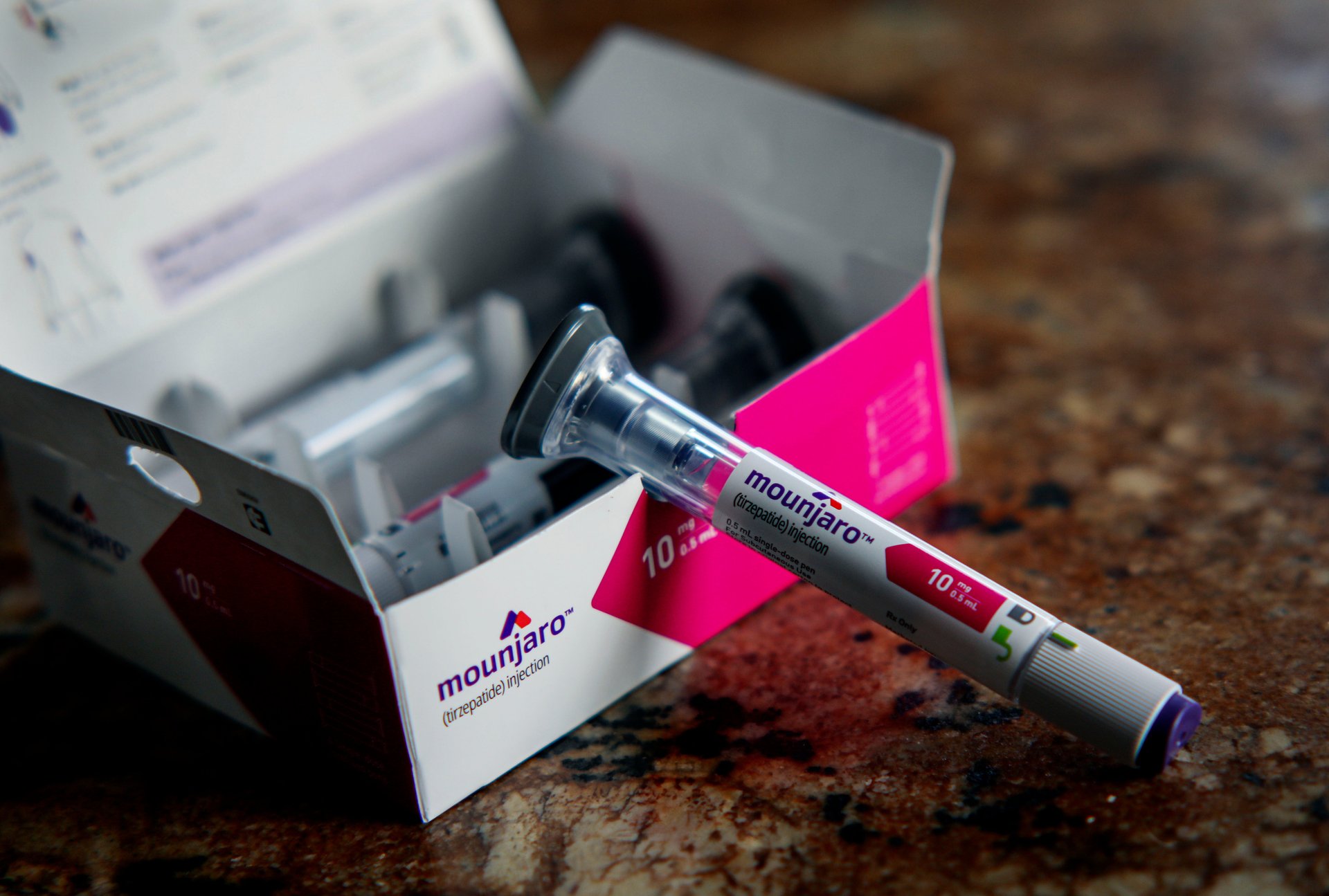Eli Lilly is one step closer to gaining access to one of the world's largest weight loss markets
A government-approved expert panel recommended that the nation's drug regulator approve the import and sale of Mounjaro

Suggested Reading
Eli Lilly’s blockbuster GLP-1 diabetes and weight loss treatment Mounjaro could soon be approved in India, opening up one of the world’s largest weight loss markets to the pharma giant.
Related Content
The Subject Expert Committee revealed Monday that it has recommended the country’s drug regulator approve the import and sale of Eli Lilly’s tirzepatide — the active ingredient in the company’s Mounjaro and Zepbound.
After deliberations, the committee recommended the approval of tirzepatide “for chronic weight management subject to the condition that firm should conduct Phase 4 clinical trial (post-marketing surveillance),” Reuters reports.
India has the world’s third largest number of people with obesity. The World Obesity Federation projects that about 11% of the country’s adult population will be obese by 2035.
Earlier this year, Eli Lilly CEO David Ricks told Reuters that Mounjaro could launch in India as early as 2025. Its rival Novo Nordisk plans to launch its GLP-1 medication Wegovy in the country by 2026.
The Danish pharma giant also recently got approval from the Chinese National Medical Products Administration to launch Wegovy in China. However, it plans to restrict initial sales of the medication in order to not deplete supply for the rest of the world.
GLP-1 drugs have become widely-known for suppressing a user’s appetite. Demand for these drugs has skyrocketed in the last year and has made it hard for manufacturers to keep up with demand. Shortages have persisted since 2022.
Morgan Stanley analysts anticipate the global market for these drugs will reach $105 billion by 2030, up from a previous projection of $77 billion.